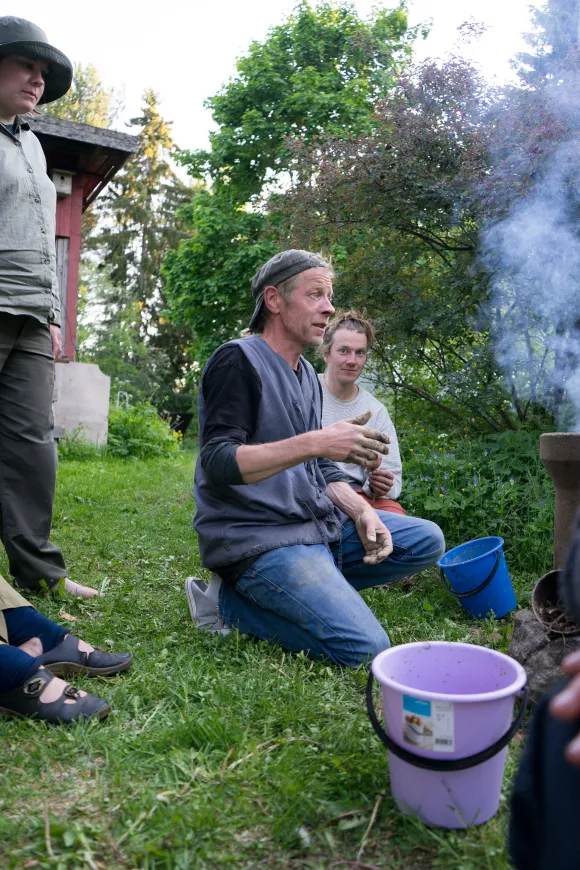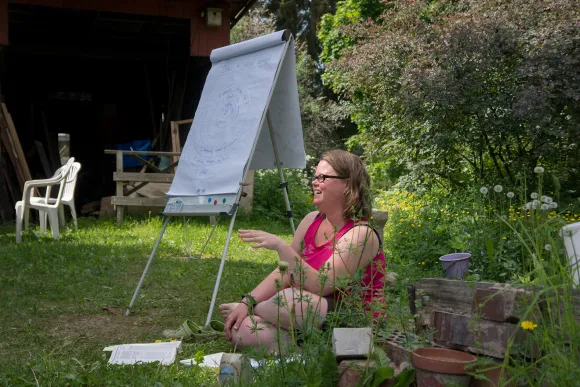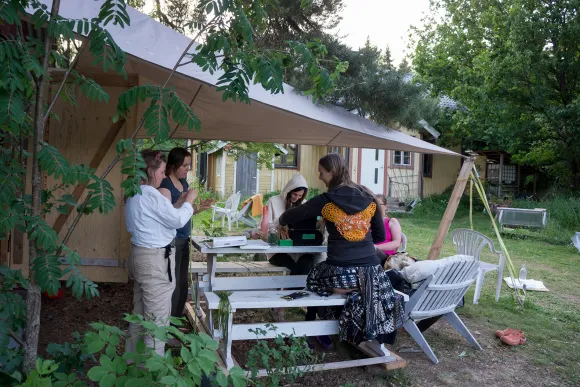What is the Permaculture Design Course (PDC)?
The Permaculture Design Course (PDC) is a foundational program that introduces people to permaculture principles and practices. It’s designed to give students both the theoretical knowledge and practical skills they need to create sustainable systems. From urban gardens to community landscapes, the PDC provides a strong base for applying permaculture techniques in many settings. For many, the PDC serves as the starting point for a lifelong journey in permaculture.
PDCs can be found via:
If you are looking for teachers:

Core elements of the PDC curriculum
The Permaculture Design Course curriculum covers a broad range of topics, offering a mix of ethics, design theory, and practical skills. Here are some core areas:
- Ethics and Principles: Permaculture is rooted in ethics—Earth Care, People Care, and Fair Share—and these guide all the design practices taught in the PDC. Understanding these ethics is crucial to designing systems that benefit both people and the planet.
- Design Theory: Students learn the principles of design, such as sector analysis, zoning, and scaling, to help them plan sustainable systems. These concepts support students in creating efficient and adaptable designs tailored to any space, from small gardens to large-scale projects.
- Practical Skills: The course also includes hands-on training in areas like soil building, water management, plant propagation, and community building. These skills are essential for implementing permaculture projects successfully.
- Systems Thinking: A key aspect of the PDC is teaching students to see and work with systems. This holistic view helps them understand how different parts of a system connect and affect each other, whether in a garden, a home, or a whole community.
The PDC learning experience
The PDC is more than just a series of lectures; it’s an interactive and immersive experience:
- Interactive Learning: Many PDC courses involve group activities, discussions, and design exercises, making the learning process engaging and collaborative.
- Field Work: In many courses, students can participate in fieldwork, site visits, or other practical applications that help them see permaculture principles in action.
- Collaborative Environment: The PDC is often taught in a community-centered environment, where students learn from one another and share their experiences. This setting encourages collective problem-solving and creates a supportive learning space.


Who Can Take a PDC?
One of the best parts about the PDC is its accessibility—anyone interested in sustainable living can join. No prior experience with permaculture is required, making it a great choice for beginners and enthusiasts alike. The course also attracts professionals from various fields, such as agriculture, urban planning, and education, who want to apply permaculture in their work.
Requirements for organizers and teachers
https://permaculture-network.eu conduct research in regards of the Permaculture Design Course minimum requirements. Here are the preliminary findings:
- Main teacher must have a Diploma
- Main teacher must have a TPT or a mainstream adult education certificate
- Main teacher must understand the language co-teachers are teaching in
- Contact time between main teacher and students must be at least 30 to 40 hours
- Co-teachers must have a PDC, preferred Diploma apprentice

